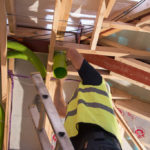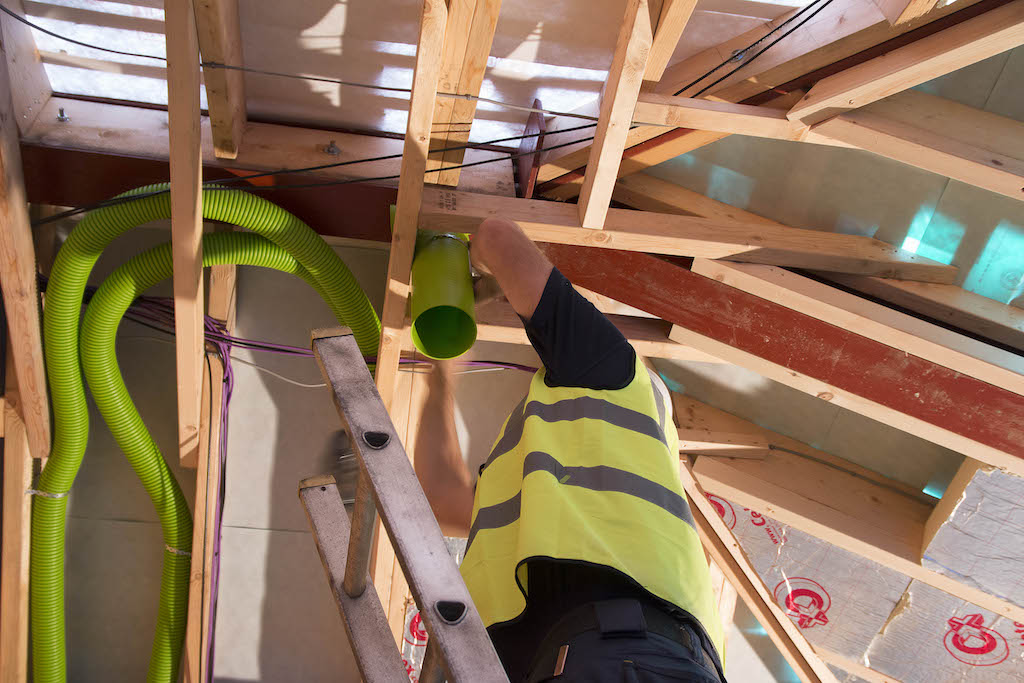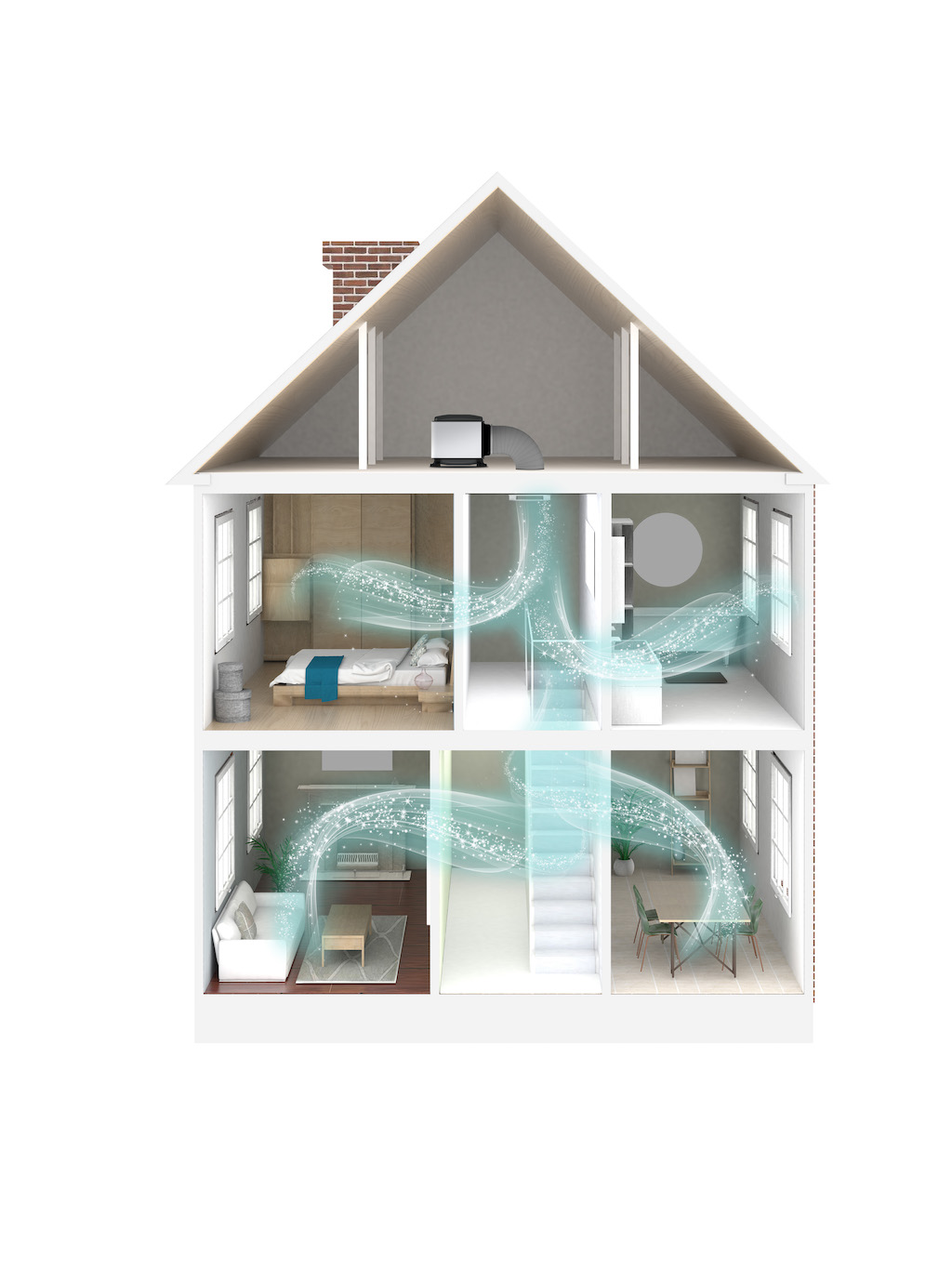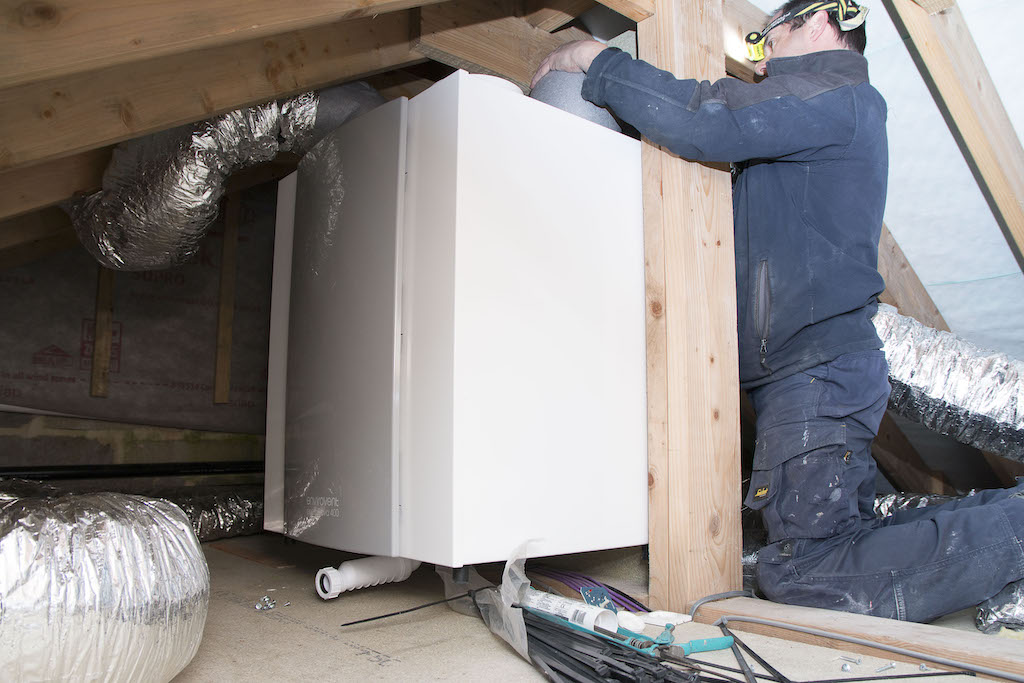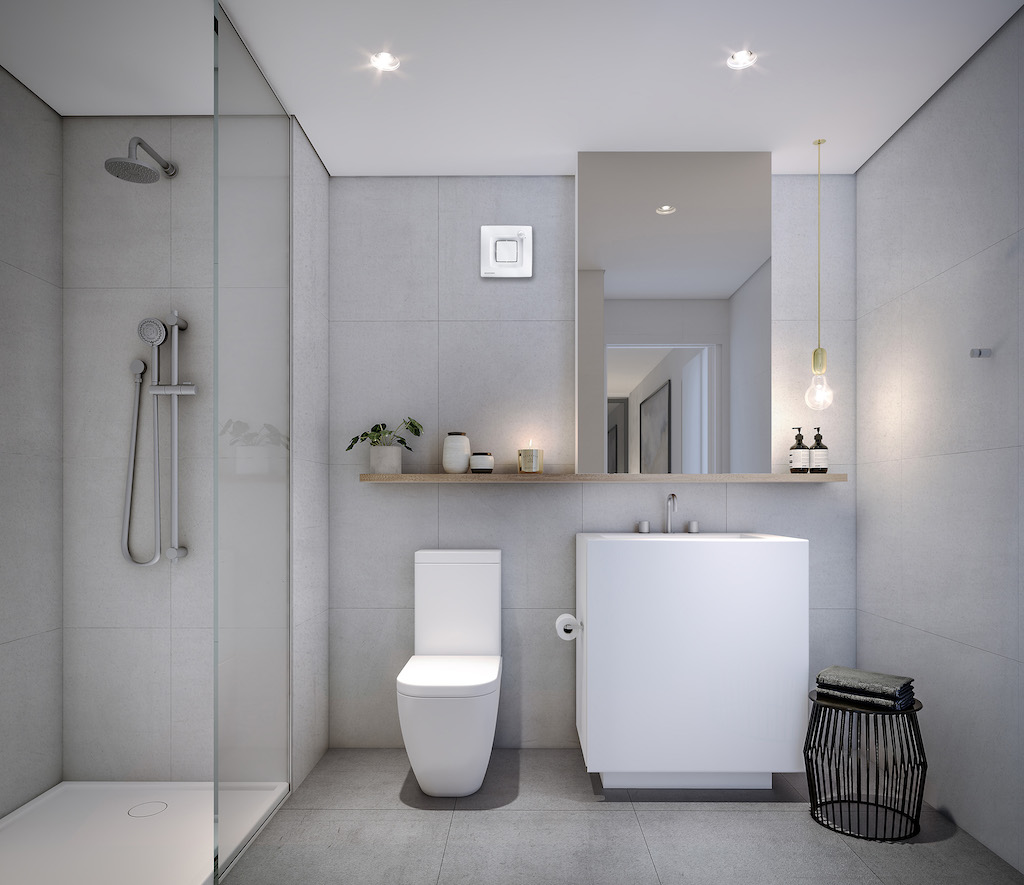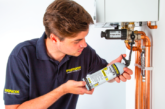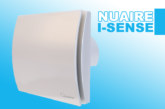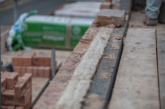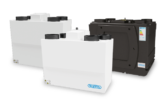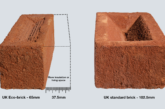Ruth MacEachern, Product Manager at EnviroVent, discusses the updated Building Regulations and how this could lead to a systems approach to ventilation.
June 2022 saw updates to two regulatory documents: Approved Document F – Means of ventilation (ADF) and Approved Document L – Conservation of fuel and power (L1A/L1B) (ADL) in England. These updates to Building Regulations pave the way towards the Future Homes Standard, which is due to be introduced in 2025. This brings with it a focus on thermal efficiency, increased air tightness and indoor air quality.
The Future Homes Standard is still a moving target and although it is set to reduce carbon emissions from homes by around 75%, this figure could be set even higher.
The new regulations mean that a systems approach to ventilation is becoming the norm, which means specifiers and developers are working more closely with ventilation manufacturers to ensure homes are future proofed to meet and achieve the latest standards.
Main changes
Approved Document F has many proposed changes that will affect how ventilation is specified for new homes. One of the most fundamental is that whole house ventilation rates has been increased from 13l/s to 19l/s for a 1-bedroom property and up to 43l/s for a 5 bedroomed property. This increase will make it more challenging to meet ventilation rates, particularly in smaller properties, such as one-bedroom apartments, where, in the past, intermittent fans would have been used in ‘wet rooms’ rather than systems like MEV (Mechanical Extract Ventilation), for cost reasons.
The updated Building Regulations also mean that intermittent fans are now no longer suitable for very airtight dwellings. Unsurprisingly, Scotland, with its increased airtightness and ventilation requirements has already moved away from allowing trickle vents and intermittent fans and more towards whole house ventilation systems.
Increased airtightness
The updates to Approved Document L mean that new homes are now required to be increasingly airtight. Solving the problem by adding large numbers of windows with trickle vents may appear counterintuitive in a house which has been designed to be extremely airtight.
So what does this mean for new homes?
There are a number of options available to the new build sector. The most effective in meeting the new regulations is undoubtedly MVHR systems, which are becoming an increasingly popular choice. These whole house ventilation systems supply fresh air from outside into a property, as well as extracting air throughout the property. MVHR also includes a heat cell which recovers between 70–95% of the heat from the exhaust air and greatly improves the energy efficiency of buildings. Energy efficiency requirements have been increased in latest Building Regulations from 70% to 73%, so our MVHR systems are fully compliant.
MVHR systems are highly effective at keeping humidity low and indoor air quality high throughout the home. To prevent overheating in warmer weather, our energiSava MVHR unit has an automatic bypass function which means air is no longer passed over a heat cell and room temperature air is supplied back into the property.
Mitigate overheating
The proposed new regulations also contain, for the first time, Approved Document O for mitigating overheating in England. Overheating is becoming more of an issue due to increased airtightness in new homes and large glazed areas becoming more popular. Requirement O1 states that ‘reasonable provision’ needs to be made in residential buildings to be able to reduce the occurrence of high indoor air temperatures.
When working with Approved Document F, Approved Document O gives guidance for removing excess heat from residential buildings. If this is to be corrected via windows or openings, the amount of ventilation required is likely to be in excess of the current purge ventilation rates under ADF. In some situations, particularly in urban areas or near airports, railways or motorways, it may not be practical to carry out natural ventilation through opening windows.
Although an MVHR system like energiSava will switch to bypass and will drop the temperature slightly, in cases where overheating arises.
Mechanical Extract Ventilation (MEV) systems are another popular option with housebuilders. These centralised systems help to reduce excess moisture by using multiple points in which to extract air. MEV systems provide year-round good indoor air quality, protecting a home from condensation, damp, and mould. The MEV unit is usually located in the loft or hallway cupboard in an apartment to provide ventilation to the whole property.
Another option for new and refurbished homes is DMEV, which is a decentralised version of the MEV, with individual fans located in wet rooms, such as bathrooms, kitchens and en-suites. These provide continuous ventilation or it can be boosted automatically either by pull cords or light switches.
Systems change
Another major change that housebuilders and developers will notice in the updated Approved Document F is the removal of Systems 1 to 4. System 1 will change to Natural Ventilation, this involves intermittent fans in wet rooms such as kitchens, bathrooms and en-suites, the reference to System 2/Passive Stack has been removed; System 3 is now known as Continuous Mechanical Extract and System 4 is Mechanical Extract Ventilation with Heat Recovery.
To make specification simpler, there is now only one document as the Compliance Guide has been integrated into Approved Document F. To simplify things further, the updated Approved Document F contains separate guidance for dwellings and non-dwellings. Positive Input Ventilation systems are still an option providing they meet the F1(1) requirement in Approved Document F in England, Wales and Regulation 23 in Scotland: There shall be adequate means of ventilation provided for people in the building.
For the first time, Approved Document F also includes upgrades to existing homes. When major refurbishment work is being carried out such as new windows or doors, insulation, loft conversions, then PAS2035 is the official document that complies.
Although ventilation is still not seen as one of the ‘primary’ services in a home, like electricity and heating, its importance is being heightened by the changes to Building Regulations. It is critical not only to specify the right type of ventilation system but also to ensure it is installed correctly to ensure the safe and comfortable running of the house.
Competent installation
Now, more than ever, it is essential that an installer is a competent person and on NHBC sites this means having successfully passed an NICEIC Domestic Ventilation course. Installers then need to gain the experience to be able to be fully competent in installing ventilation systems. Updates to building regulations mean that instead of a percentage of properties being inspected to meet requirements, every property will be inspected, therefore driving up industry standards.
Housebuilders and contractors can benefit from our toolbox talks to the installation team, guidance either via telephone, online call or even in person on large volume projects, supported by a new build area sales manager.
Many pioneering net zero carbon schemes are utilising EnviroVent’s MVHR systems to meet and exceed Future Homes Standards, including Barratt Development’s Z House and housing association’s Midland Heart’s Project 80, which aims to reduce carbon emissions by up to 80%.
A systems approach to ventilation is a much better option for new and refurbished homes and should make the whole process much simpler and straightforward for housebuilders. The ultimate beneficiaries will be homeowners with much improved indoor air quality in the home and no issues with condensation and mould growth.

